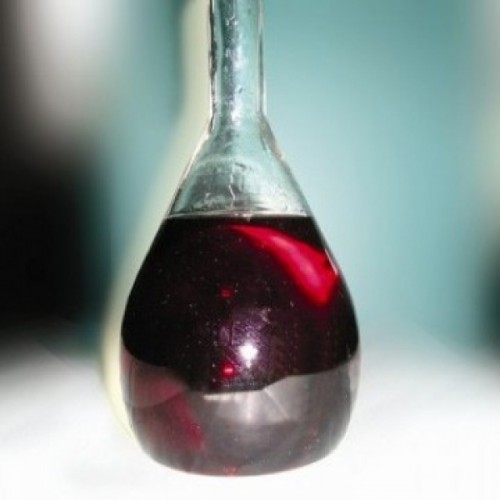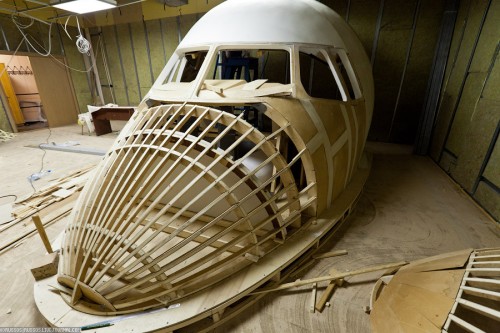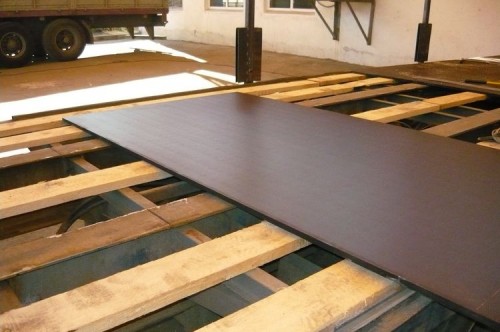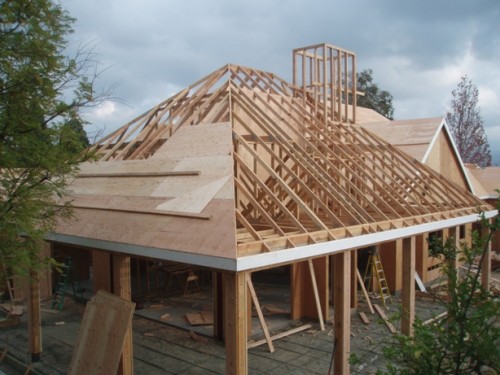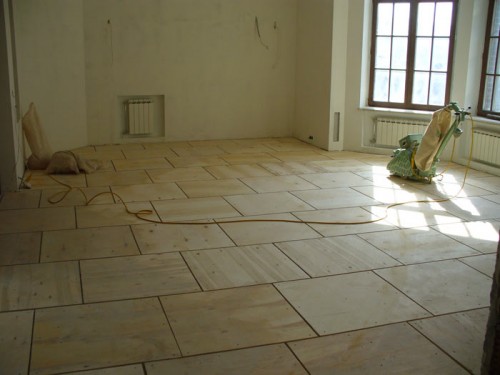
Bakelite plywood. Features of the material Building materials
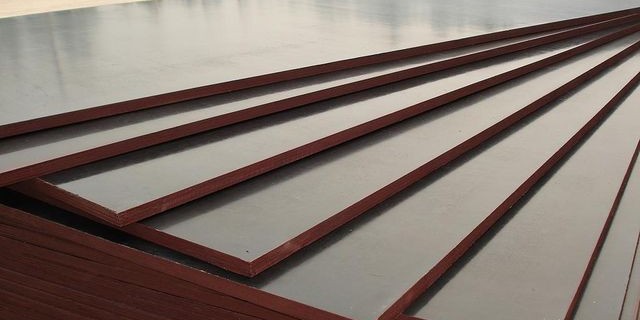
Today, such material as a bakelite plywood has enormous popularity. It has a sufficiently large scope of application, in particular, is successfully used for internal and external finishing at home. Unlike ordinary plywood, Bakelite is a unique structural material, which in its quality characteristics is able to create decent competition of low-alloy steel. As you submit this material and what its features will understand further.
Content
Features of production and dignity of bakelite plywood
The production of bakelite plywood is based on the original technology of plasticization of birch and pine veneer under the action of high temperature and pressure, followed by cooling. At the same time, each layer of veneer is separately impregnated or a so-called bakelitic varnish or an alcoholoisseable or water-soluble phenol formaldehyde resin. It represents a solid resin substance, visually resembling amber or ebony.
Due to this composition, this type of plywood acquired a lot of advantages, namely:
- high strength and wear resistance;
- refractory and heat resistance. Bakelite plywood does not burn and is not afraid of a sharp difference of temperature regime from -50 to + 50 degrees Celsius;
- moisture resistance;
- resistance to the negative effects of aggressive media, for example, sea water, alkali, acid, fuel and lubricants, including kerosene, gasoline, etc.;
- durability of operation (the minimum service life of the bakelite plywood is approximately 15 years);
- environmental Safety. When heating, the bakelite plywood does not distinguish into the surrounding space of toxic substances;
- resistance to corrosion, fungus, mold and other negative phenomena.
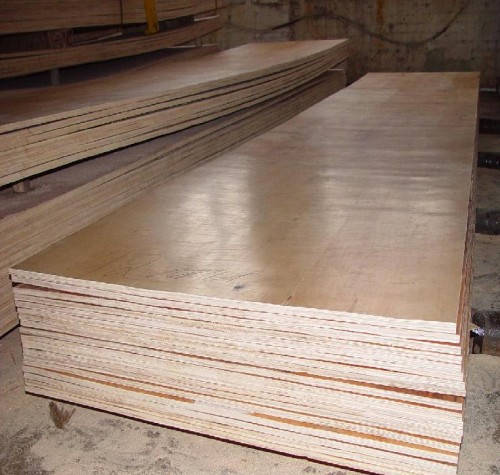
Bakelite plywood in weight is much harder than the usual tree, however, by strength, many times surpasses it. This material is produced in the form of sheets of different lengths up to 7.7 m and thickness from 5 mm.
Scope of Bakelite Plywood Application
Due to such qualitative characteristics with which the Bakelite Plywood possesses, it has been widely used not only in the construction industry, but also in other types of industries. This is quite expensive material, so it is used traditionally:
- in shipbuilding for the production of decks of ships, yachts, boats;
- in the car and aircraft manufacturing for the production of floors; in trolley buses and buses, individual body parts of cars and aircraft;
- for a multi-sized formwork and flooring;
- for the manufacture of exhibition stands, sports shells, small arms, etc.
- finishes interiors and furniture production;
- for the external finishing of buildings, the arrangement of the roof of the house, etc.
- for the manufacture of various goods for children and many other.
Types of bakelite plywood
Bakelite plywood is two types:
1. The bakelite Plywood of the FBS brand, in which an alcoholoisseable resin was used for impregnation of the inner and outer layers of veneer. Such material, in turn, is divided into several types:
The FBS is the highest quality plywood, which is performed by full immersion of the veneer to the Bakelit, which allows you to soak the alcoholum-repeated resin not only internal, but also the outer layers. This material is characterized by increased strength, moisture resistance and non-combustible. This is the most expensive brand of plywood.
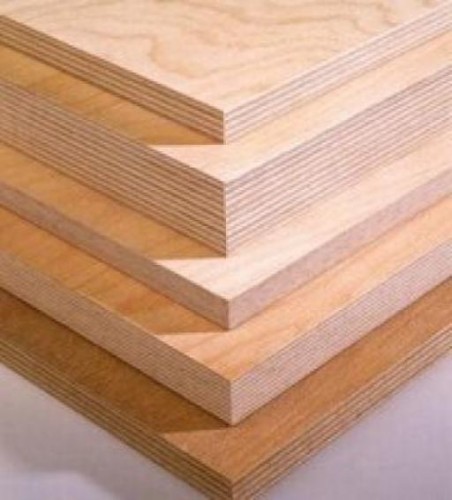
FBS 1 is a low strength material. For its production, the external and internal layers are not impregnated with an alcoholoisseum resin, but only wicked.
The FBS A - the inner and outer layers are labeled with an alcoholoistrable resin, while this material is less environmentally friendly and can only be used for the manufacture of only internal structures in the field of mechanical engineering.
FBS 1-A - all layers of plywood, in addition to the transverse, are labeled by an alcoholoisseable resin. This is the cheapest and less meteo conditions material.
2. Bakelite Plywood FBB brand based on a water-soluble resin.
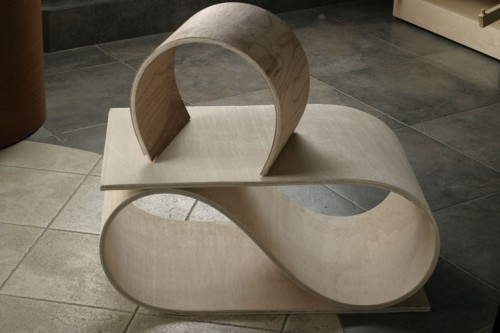
FBB is a material in which only the outer layers of plywood are impregnated with a water-soluble resin, and the internal only is obsessed. Use such a fane for the manufacture of exclusively internal structures.
FBS 1 is a bakelite plywood, in which its inner and outer layers are labeled with a phenoloformaldehyde water-soluble resin.
- Bakelite phaneer is produced in a polished and unlocked form.
- In addition, there should be no chips, cracks, bubbles, fuses, bundles, dents, as well as small, but defects on its surface.
- All layers should be uniformly missed or impregnated, which indicates a high quality and its compliance with the GOST.
Mode of application
For the inner and external decoration of the walls, the bakelite plywood is attached to a pre-plastered, concrete bases with various mastic, for example, definol.
- To ensure longer exploitation of plywood sheets, they are covered with special varnishes or water-resistant impregnations.
- Before proceeding with this procedure, all existing joints are overlapped with thin bars, and irregularities and cracks are ground. This method of processing helps protect the product from wood, as well as walls under it.
- In order for this material to disappoint you, it is necessary to carefully approach its choice. In particular, monitor the presence of a manufacturer's plant label, plywood marking and a sign of conformity.
To learn how boats make boats from Bakelite plywood.




